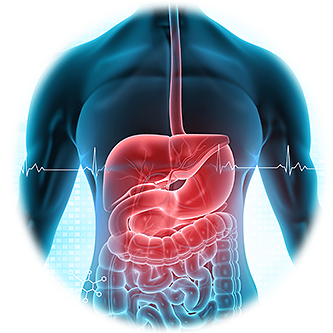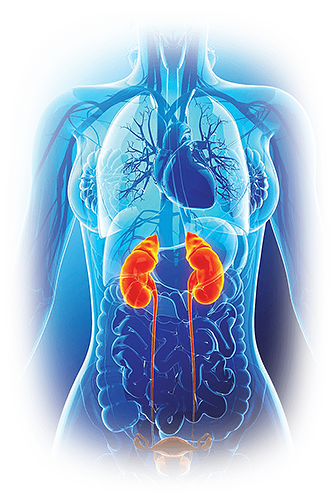Login
For Clinician Providers
For Clinician Providers
For Patients
Flow Cytometry Principles
By Dr Ananya Mandal, MD
The basic principle of flow cytometry is the passage of cells in single file in front of a laser so they can be detected, counted and sorted.
Cell components are fluorescently labelled and then excited by the laser to emit light at varying wavelengths.
The fluorescence can then be measured to determine the amount and type of cells present in a sample.
Up to thousands of particles per second can be analysed as they pass through the liquid stream.
A beam of laser light is directed at a hydrodynamically-focused stream of fluid that carries the cells.
Several detectors are carefully placed around the stream, at the point where the fluid passes through the light beam.
One of these detectors is in line with the light beam and is used to measure Forward Scatter or FSC.
Another detector is placed perpendicular to the stream and is used to measure Side Scatter (SSC).
Since fluorescent labels are used to detect the different cells or components, fluorescent detectors are also in place.
The suspended particles or cells, which may range in size from 0.2 to 150μm, pass through the beam of light and scatter the light beams.
The fluorescently labelled cell components are excited by the laser and emit light at a longer wavelength than the light source. This is then detected by the detectors.
The detectors therefore pick up a combination of scattered and fluorescent light. This data is then analyzed by a computer that is attached to the flow cytometer using special software.
The brightness of each detector (one for each fluorescent emission peak) is adjusted for this detection.
Using the light measurements, different information can be gathered about the physical and chemical structure of the cells.
Generally, FSC can detect the cell volume whereas the SSC reflects the inner complexity of the particle such as its cytoplasmic granule content or nuclear structure.
Reviewed by Sally Robertson, BSc
Sources
- ww2.massgeneral.org/aids/flow_cytometry/documents/IntrotoFlow.pdf
- https://crl.berkeley.edu/IntroductionWeb.pdf
- https://facs.scripps.edu/BRJIM.pdf
- www.biozentrum.unibas.ch/…/Introduction_to_Flow_Cytometry-2012.pdf
- files.nyu.edu/…/introduction.pdf
- https://www.news-medical.net/life-sciences/Flow-Cytometry-Principles.asp



